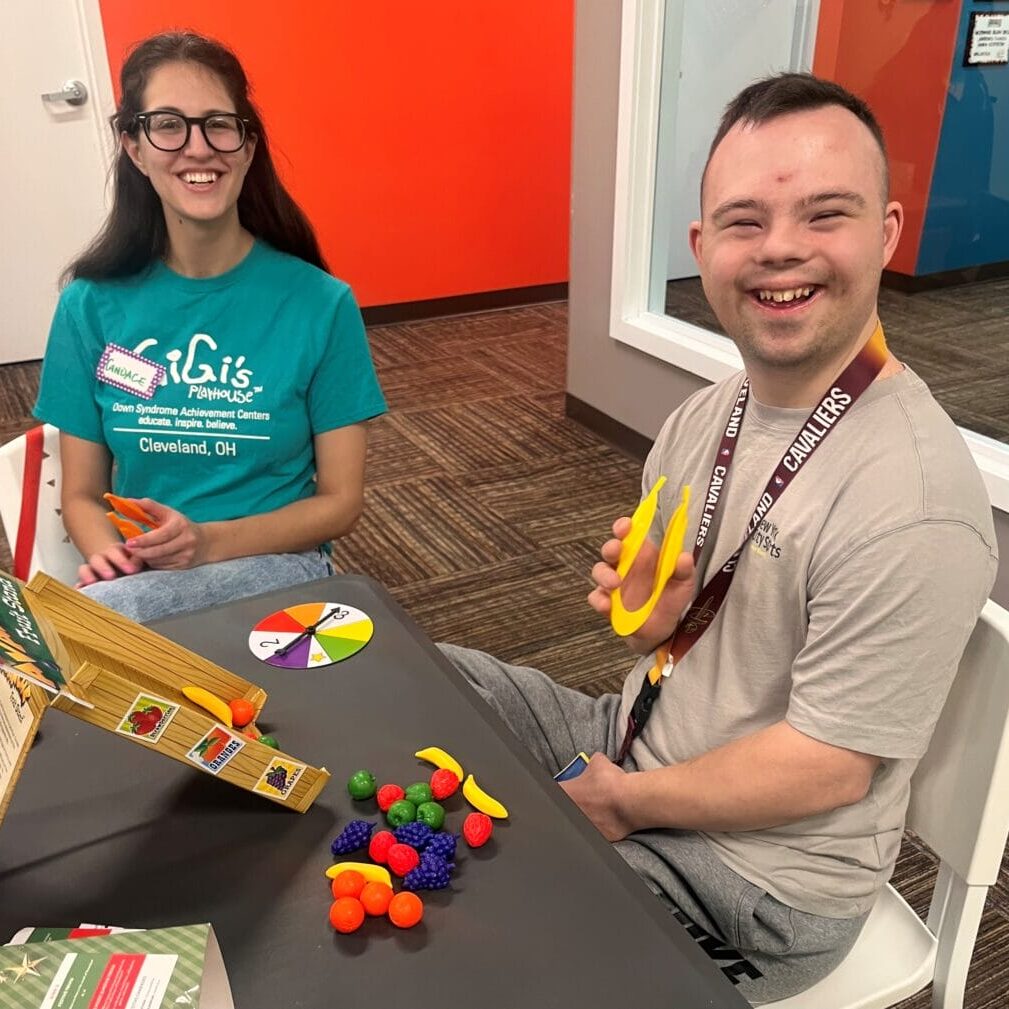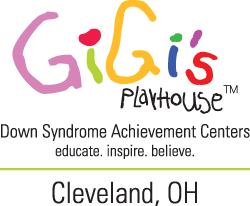The Power of Communication: Understanding and Supporting AAC Users
Imagine a world where your thoughts, feelings, and ideas are ready to be shared, but you express them in a way that’s uniquely your own. For many individuals, Augmentative and Alternative Communication (AAC) devices serve as a bridge to self-expression, creating opportunities for connection and independence. But what exactly are AAC devices, and why is it so important that everyone who needs one has access? Let’s dive into the role of AAC in promoting inclusion, dignity, and meaningful communication for all.

What is AAC?
AAC, or Augmentative and Alternative Communication, encompasses a range of methods that support or enhance verbal communication. These systems are designed to empower individuals in expressing themselves and can be categorized into two main types:
Unaided AAC – Communication that does not require external tools, such as gestures, sign language, and facial expressions.
Aided AAC – Tools that assist communication, ranging from low-tech options like picture boards and letter charts to high-tech speech-generating devices (SGDs) and iPad-based applications like Proloquo2Go and TouchChat.
How Are AAC Devices Used?
AAC devices are highly customizable, allowing users to express themselves through pictures, symbols, text, or synthesized speech. Some users tap on symbols to form sentences, while others use eye-tracking technology to select words on a screen. These tools are essential for individuals with conditions such as autism, cerebral palsy, Down syndrome, and other speech-related disabilities.
The Benefits of AAC Devices
AAC devices provide numerous benefits that extend beyond speech replacement:
Increased Independence – Users can communicate their needs, make choices, and express opinions, empowering them to take control of their own lives. Whether ordering food at a restaurant, answering questions in class, or telling a loved one how they feel, AAC provides autonomy and dignity in daily interactions.
Enhanced Social Connection – Communication is the foundation of relationships. AAC users can engage with friends, family, and peers, strengthening bonds and creating meaningful interactions. From telling jokes to sharing stories, AAC allows users to participate in the social moments that define human connection.
Improved Academic and Cognitive Development – Research has shown that access to AAC devices supports literacy, problem-solving, and cognitive development. When children and adults have the tools to express their thoughts, they engage more actively in learning, increasing their ability to read, write, and think critically.
Reduced Frustration and Behavioral Challenges – For individuals who communicate in non-speaking ways, not being able to express their needs or feelings can be challenging. This may lead to stress or frustration. AAC offers a reliable way to communicate, fostering clarity, reducing misunderstandings, and supporting emotional well-being.
Why AAC Should Always Be Accessible
An AAC device is not a luxury—it’s a necessity. For individuals who rely on AAC, their device is their voice, allowing them to share their thoughts, needs, and emotions with the world. Taking away an AAC device is not just an inconvenience; it is the equivalent of silencing someone, stripping them of their ability to participate in conversations, make choices, and advocate for themselves.
Unfortunately, some individuals still face barriers to accessing their AAC devices. Outdated perceptions about communication, assumptions about verbal speech being superior, or using device removal as a form of punishment can have profound consequences. Denying someone access to their AAC not only limits their ability to interact but can also lead to frustration, isolation, and a loss of confidence in their ability to be heard.
Access to AAC should be constant and unconditional. Just as speaking individuals are never expected to go without their voice, AAC users should never be without their means of communication. Whether at home, school, work, or in the community, keeping AAC devices accessible ensures that individuals can fully participate in daily life, engage in meaningful interactions, and express their thoughts freely.
How to Include AAC Users in Conversations
Speaking individuals play a crucial role in fostering inclusive communication. Here are some ways to ensure that AAC users are active participants:
Be Patient – AAC communication may take longer; allow users the time they need to respond.
Acknowledge Their Voice – Respond to their messages as you would with spoken words.
Model AAC Use – If appropriate, use an AAC device yourself to demonstrate engagement and validation.
Ask Open-Ended Questions – Encourage more than just “yes” or “no” responses by asking questions that invite deeper conversation.
Ensure Visibility – Make sure AAC devices are easily accessible at all times.



Resources & Research on AAC
For those interested in learning more about AAC and supporting individuals who use it, here are some valuable resources:
- American Speech-Language-Hearing Association (ASHA): www.asha.org
- PrAACtical AAC: www.praacticalaac.org
- Communication Matters: www.communicationmatters.org.uk
- AAC Institute: www.aacinstitute.org
Recent Posts



